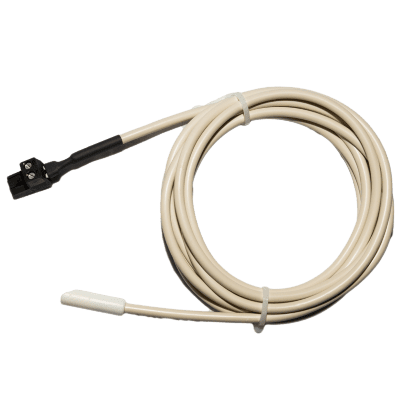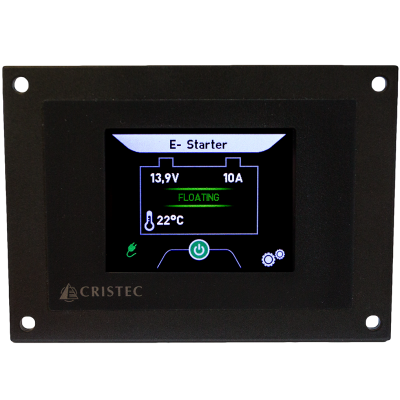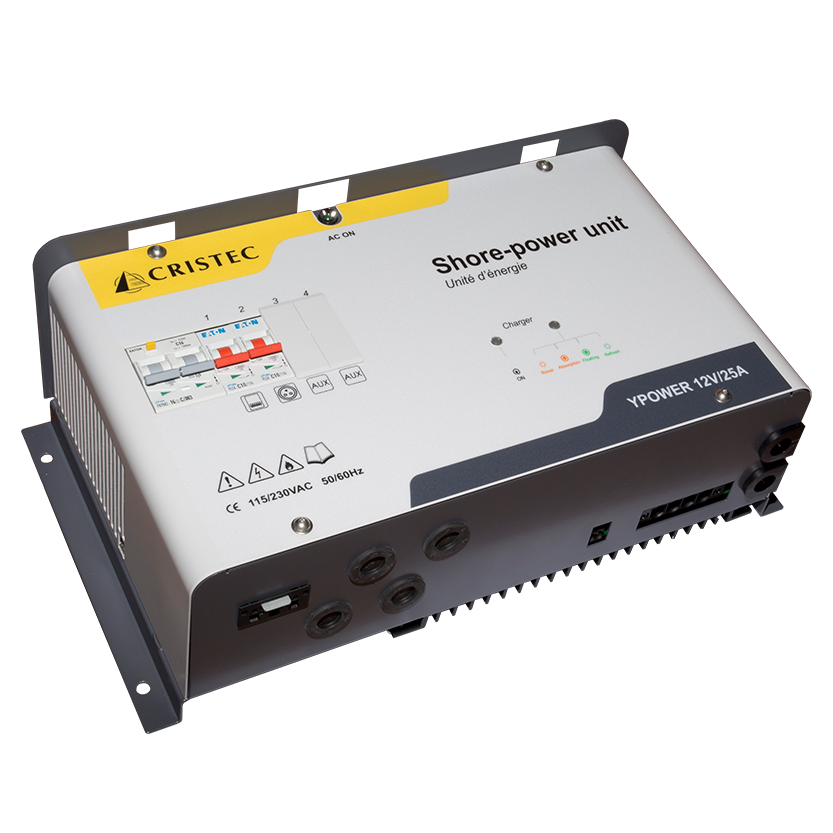
YPOWER shore-power units
Our product lines
YPOWER shore-power units
12V/16A, 12V/25A & 12V/40A
CRISTEC YPOWER shore-power units combine AC distribution system & automatic battery charger in a single cabinet.
The 12V charger is a brand new YPOWER model available either in 16, 25 or 40A with 3 fully isolated banks.
It operates from 90 to 265VAC, 47 to 65Hz and delivers a smart 5-step charging curve for all battery types including LiFe PO.
High temperature efficient the charger delivers rated charge up to +60°C without derating.
Entirely silent as fanless the unit integrates a 16A/30mA RCD double pole main breaker and 2 single pole breakers 10A (more as option).
The AC and DC connectors meet worldwide highest quality and safety standards.
Designed and manufactured in France the product as a standard 3 year warranty.
A remote colored tactile display is available as option to monitor battery voltage and temperature, charger current, AC voltage and frequency as well as possible alarms.
Voltage
- The 12V charger is a brand new YPOWER model available either in 16, 25 or 40A with 3 fully isolated banks.
- It operates from 90 to 265VAC, 47 to 65Hz and delivers a smart 5-step charging curve for all battery types including LiFe PO.
Silent
- Entirely silent as fanless the unit integrates a 16A/30mA RCD double pole main breaker and 2 single pole breakers 10A (more as option).

Accessories
- A remote colored tactile display is available as option to monitor battery voltage and temperature, charger current, AC voltage and frequency as well as possible alarms : YPO-DISPLAY-R
- A 2.8m or 5m temperature sensor : STP-NEW-2.8 – STP-NEW-5.0.
- A charger ON/OFF remote control : G-ON/OFF-R
High-performance in over-temperature
- The charger delivers rated charge up to +60°C without derating.
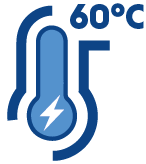
Applications
YPOWER shore-power units adapt to different markets and applications:
- Professional marine : naval, service boat, fishing boat, passenger boat, tug, barge, barge, lighthouse and beacon.
- Recreational marine : yachting, sailing boat, motor boat, electric boat, catamaran, speedboat, etc.
- Mobile :
- Emergency vehicles : firemen, ambulance, rescue, depollution, etc.
- Recreational vehicles : motorhome, golf course, etc.
- Special vehicles : surveillance, transport of animals, Van, public works etc.
- Industry : automated cleaning, on-board camera, recognition robots, telecommunications, etc.
- Wind-powered : landsites
- Solar : isolated sites
![]()
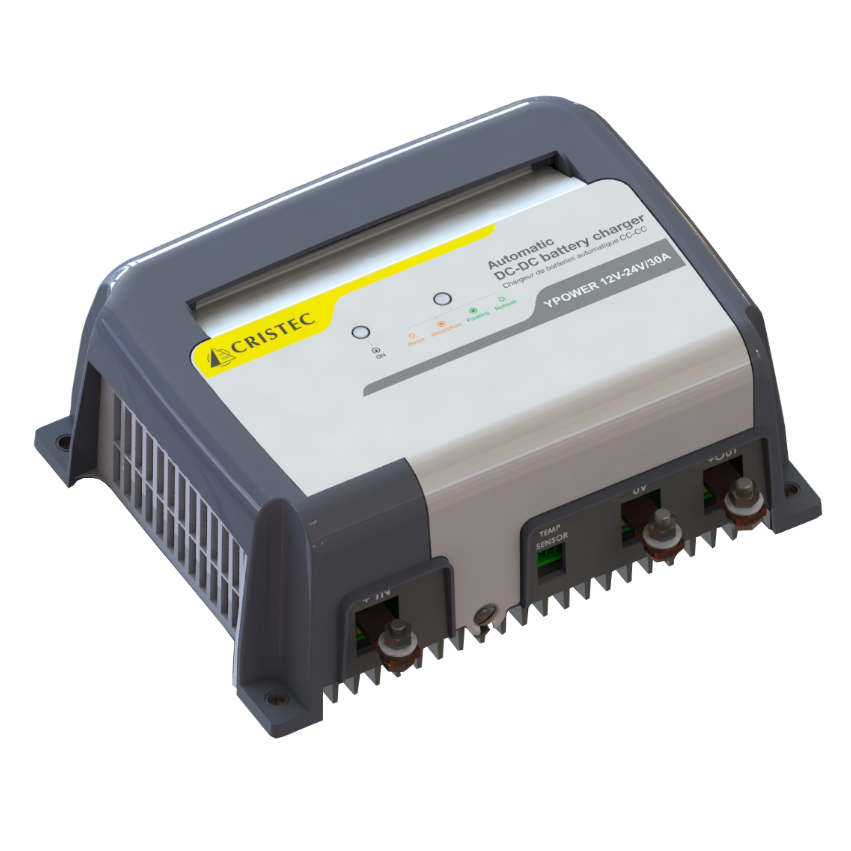
YPOWER DC-DC battery chargers
Our product lines
YPOWER DC-DC battery chargers
12V, 24v, 36V and 48V models
YPOWER DC-DC chargers-converters have been designed to charge a 12, 24, 36 or 48V battery bank from a 12, 24, 36 or 48V network.
The most typical case of use is the 24V bow-thruster battery bank charge from the 12V onboard network (model YPO12-24/30).
They also allow a LiFePO4 battery to be recharged from a Lead battery connected to an alternator.
Thanks to their large scale of input and output voltages, they can be configured as a simple converter or as a battery charger.
In this case, the charging curve delivered is comparable to the one of a smart charger:
– 5 steps
– all types of batteries (wet & sealed Lead, Calcium Lead, gel, AGM, Lithium, etc.)

Cooling is done naturally.

Remote control can be done through a serial BUS-CAN interface.
Mechanical characteristics
- Input/output connection : with M6 terminals
- Indicator : 2 bicolour LEDs
- Casing : 4 x M5 external fixings for easy wall mounting
- Natural cooling (fanless)
- Protection factor : IP22
- Dimensions : 236 x 180 x 96 mm
- Weight : 2.2 kg
INPUT/OUTPUT CHARACTERISTICS
- Input voltage : 12 or 24 or 36 or 48VDC (from 10 to 64VDC)
- Output voltage : 12 or 24 or 36 or 48VDC
- Nominal power : from 570 to 860W (depending on model)
- Max. output current : from 10 to 60A at nominal voltage (depending on model)
- Isolation Input/Output : no as 0V is common
- 5-step charging curve : Boost, Absorption, Floating, Refresh & Reboost
- Battery type selection through push-button or communication
- Efficiency : 96% typical
- Ripple : < 2% (at nominal conditions)
- Electronic limitation of the input current
- Remote control : serial CAN-BUS interface
Applications
YPOWER DC-DC battery chargers adapt to different markets and applications:
- Professional marine : naval, service boat, fishing boat, passenger boat, tug, barge, barge, lighthouse and beacon.
- Recreational marine : yachting, sailing boat, motor boat, electric boat, catamaran, speedboat, etc.
- Mobile :
- Emergency vehicles: firemen, ambulance, rescue, depollution, etc.
- Recreational vehicles: motorhome, golf course, etc.
- Special vehicles: surveillance, transport of animals, Van, public works etc.
- Industry : automated cleaning, on-board camera, recognition robots, telecommunications, etc.
- Wind-powered : land sites
- Solar : isolated sites
![]()
Here is a tutorial that highlights the adaptive side of our YPOWER DC-DC charger with all the possible settings!
Note: You can exit setting mode at any time by pressing P and + for one second.


- Convert, charge, boost and stabilize
- Wide I/O scale
- Temperature performance
- Silent
- CAN-BUS interface
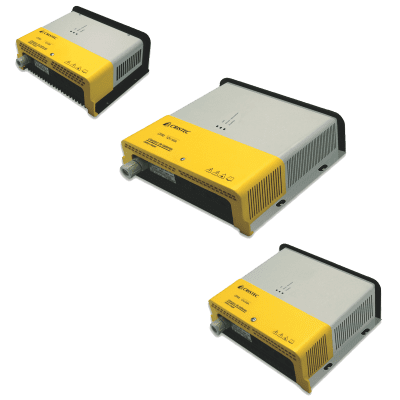
CPS3 AC-DC battery chargers
Our product lines
CPS3 battery chargers
CPS3 battery chargers are no longer in production, except the following model that is still marketed:
48V / 60A- 1 output
CPS3 innovative exclusivities
- Nominal load up to 55°C without any loss
- Specific SP terminal to connect an additional battery isolator for connecting up to 6 independent charging banks.
- 3 year guarantee
Universal AC powering
The AC input voltage and frequency auto-ranging – from 85 to 265 VAC and
from 47 to 65 Hz – guarantees batteries can be charged anywhere (in Europe
and in the USA), from commercial Mains or generators, even when available
power is limited (end of pontoon, foreign network, etc.). Except model 24V/150A 400VAC 3 phases.
Reload 3 battery parks simultaneously
CPS3 battery chargers have 3 independent outputs (except models > 80A) which can individually deliver nominal output current.
One of these outputs is designed for matching specific engine battery requirements for marine application.
The built-in battery isolator on each battery bank means the batteries stay permanently connected to the charger and there is no need to disconnect them during engine startup.
The CRISTEC CPS3 battery chargers are the only ones available on the market with an extra terminal to connect an additional external
battery isolator for connecting up to 6 independent battery banks (3 from the charger and 3 from the battery isolator).
CRISTEC recommends using a voltage drop free isolator. Please refer to the CRISTEC RCE battery isolator range.
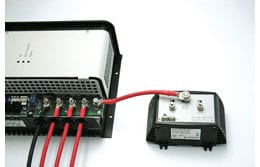
Ergonomics
CPS3 battery chargers can be fxed vertically or horizontally.
The charger can be accessed externally by removing the front yellow housing.
AC and DC connections as well as charger settings are grouped together on the PCB in a connection area that ensures a safe, quick and easy installation.
The DC connection on threaded rods is particulary robust and practical due to the available space.
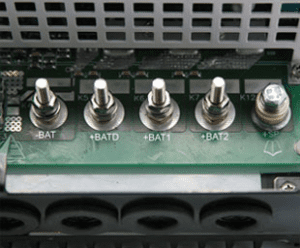
Interfaces
Optional connection for external temperature sensor
- depending on models – enables optimization of battery charging and/or a digital display unit to check battery state


- Tranquility
- Maximum performances
- Reliability
- Flexibility


